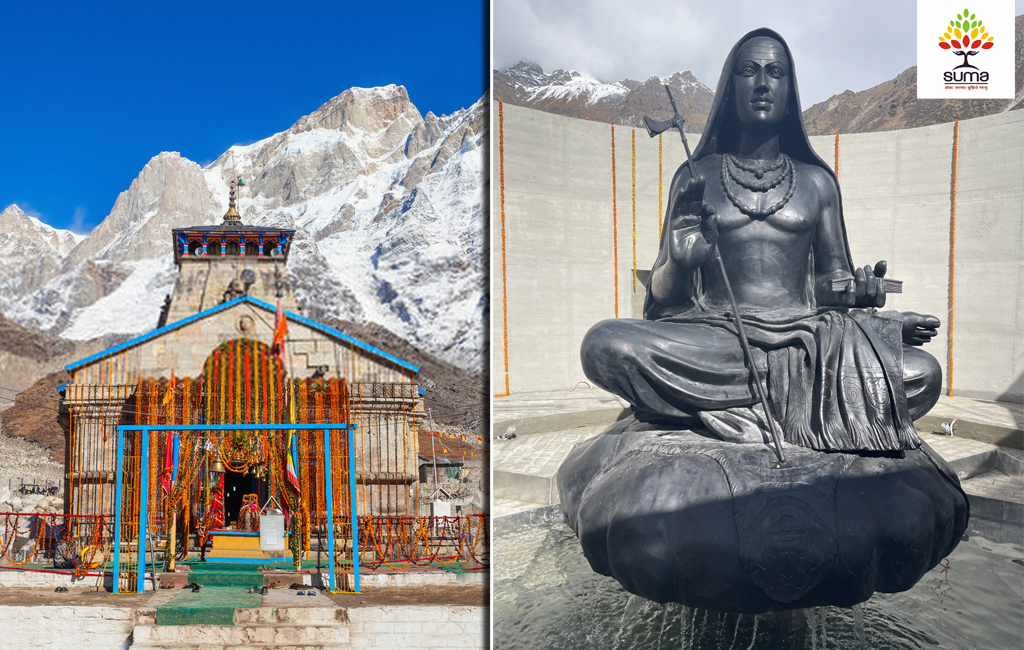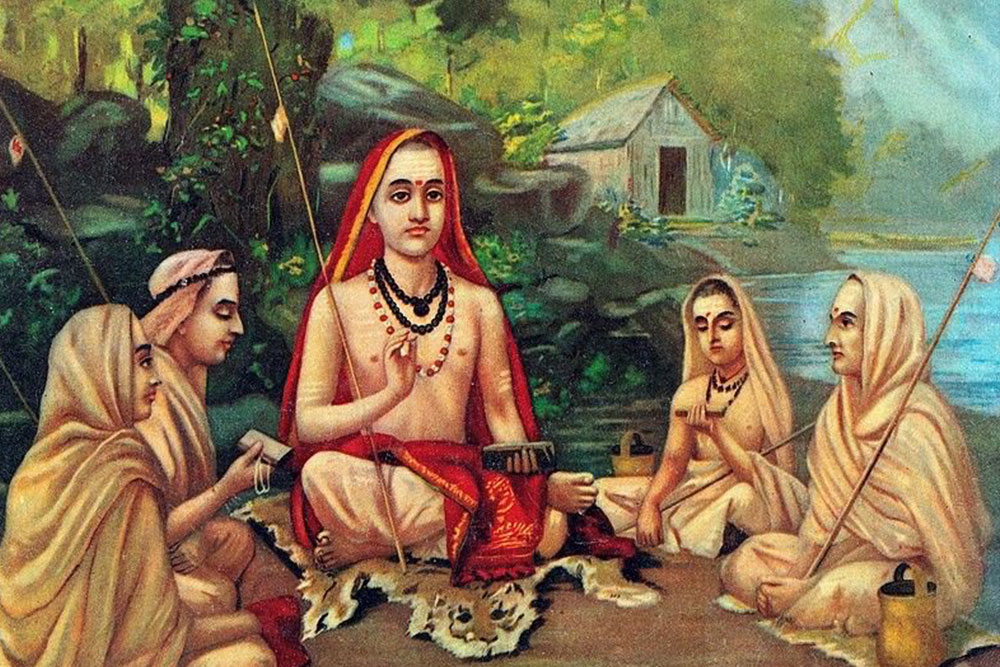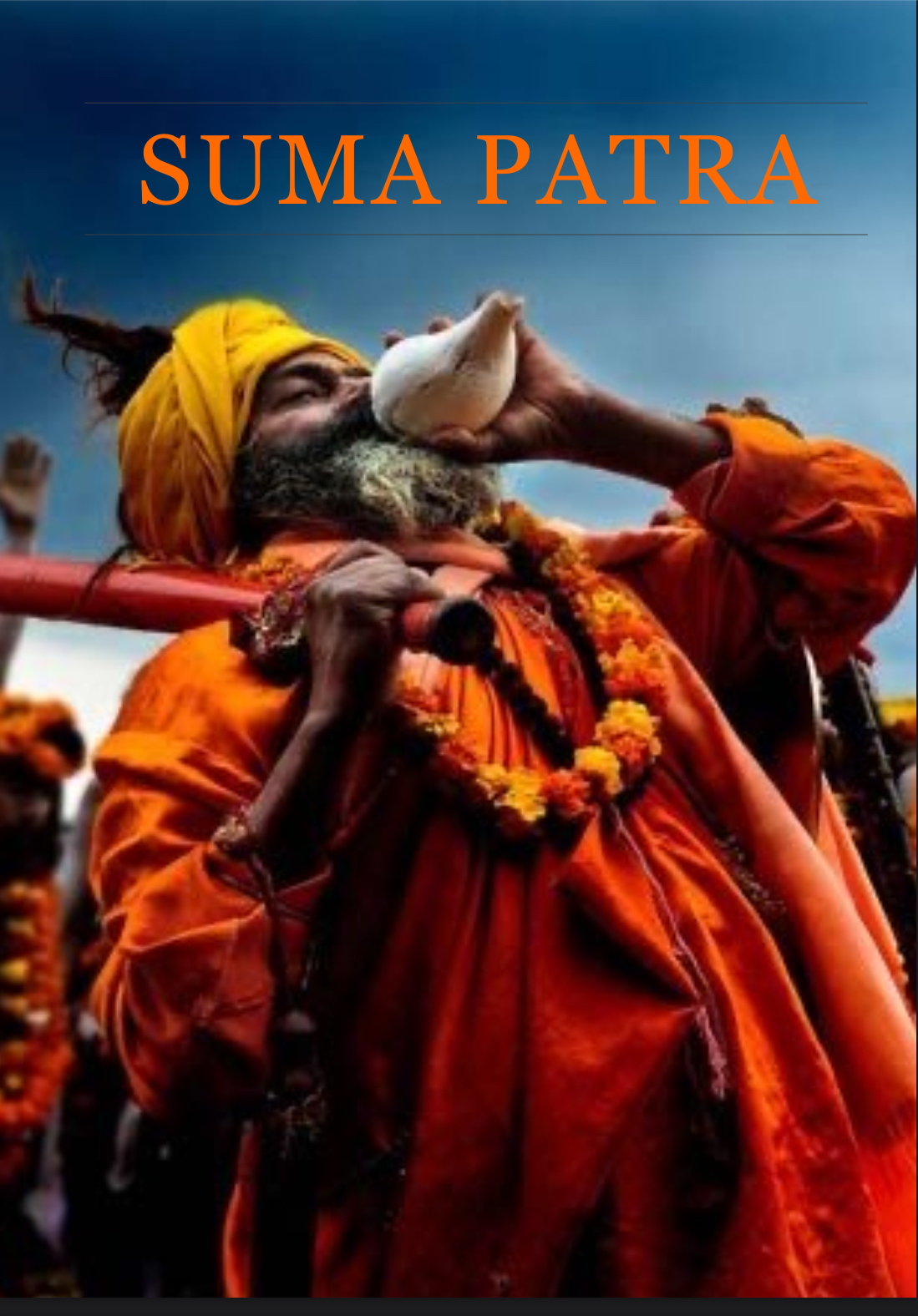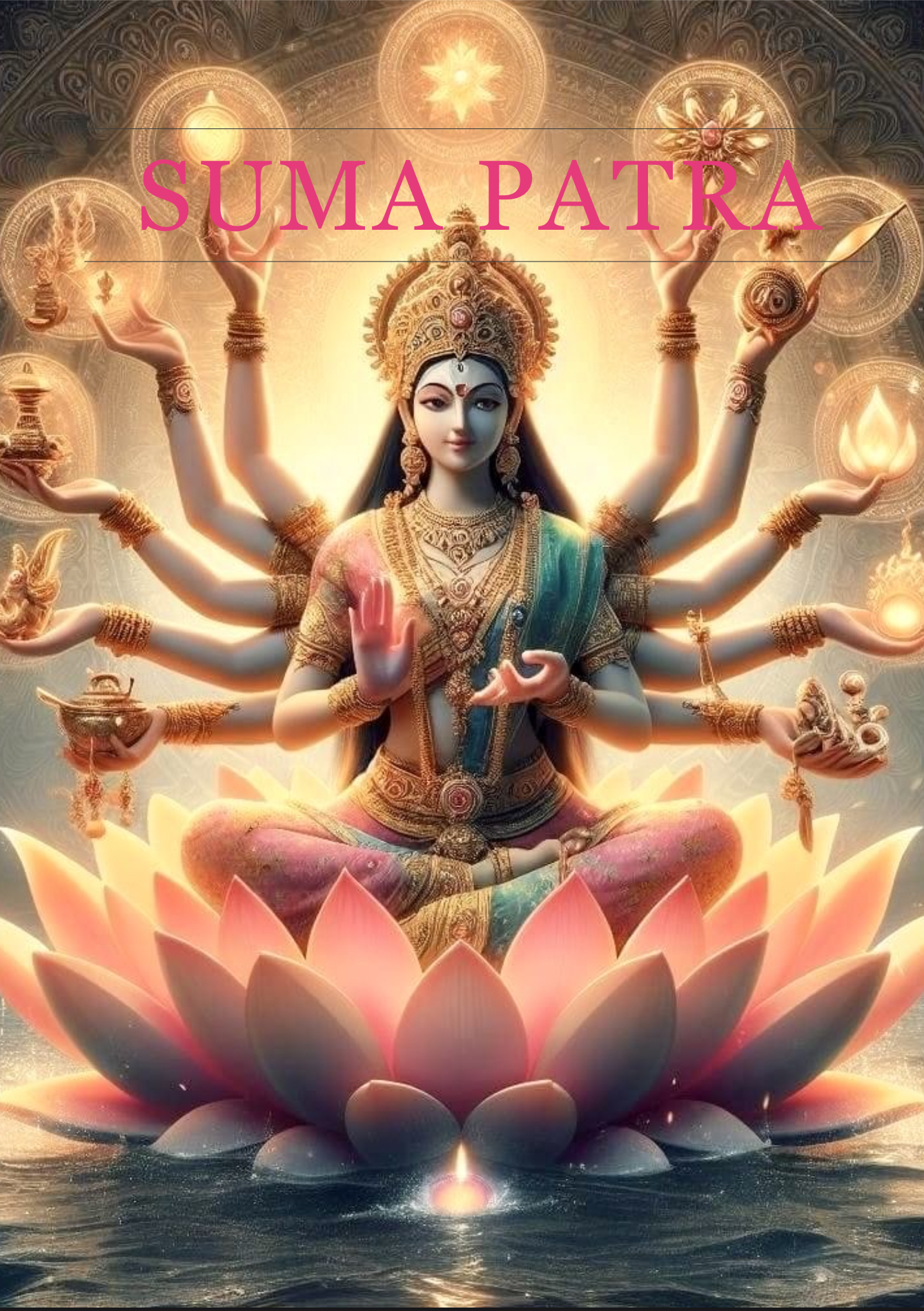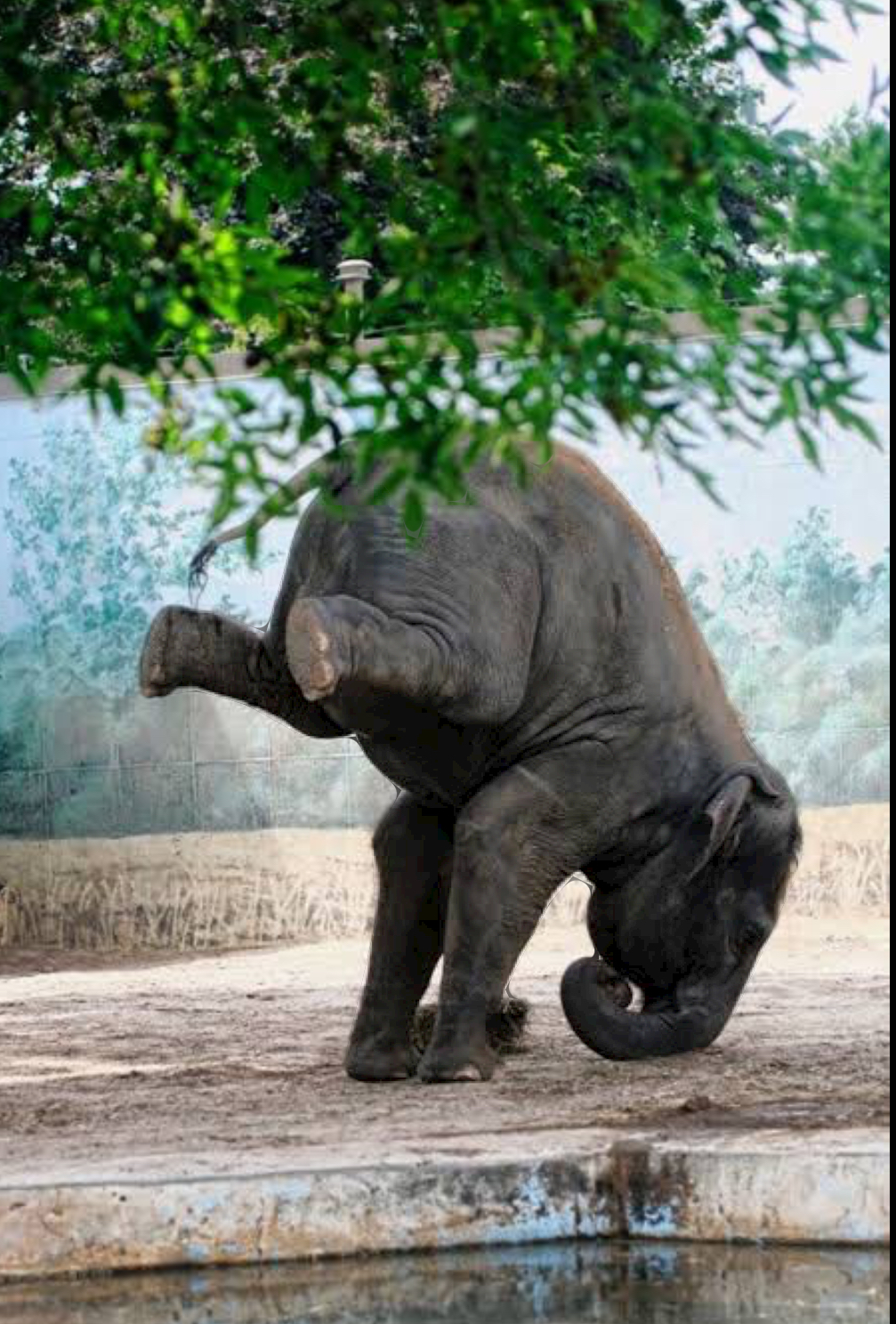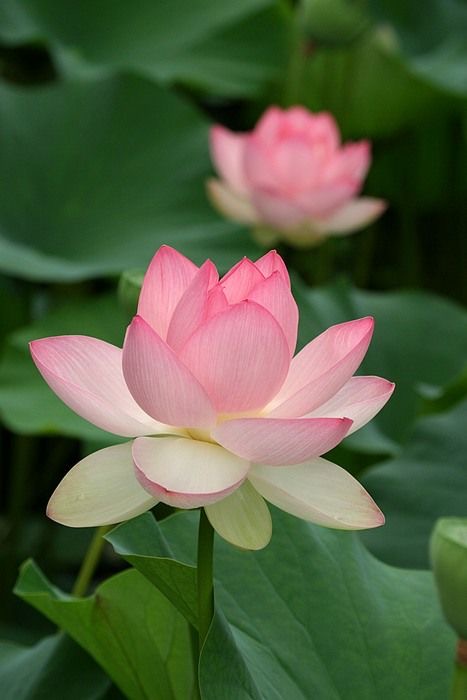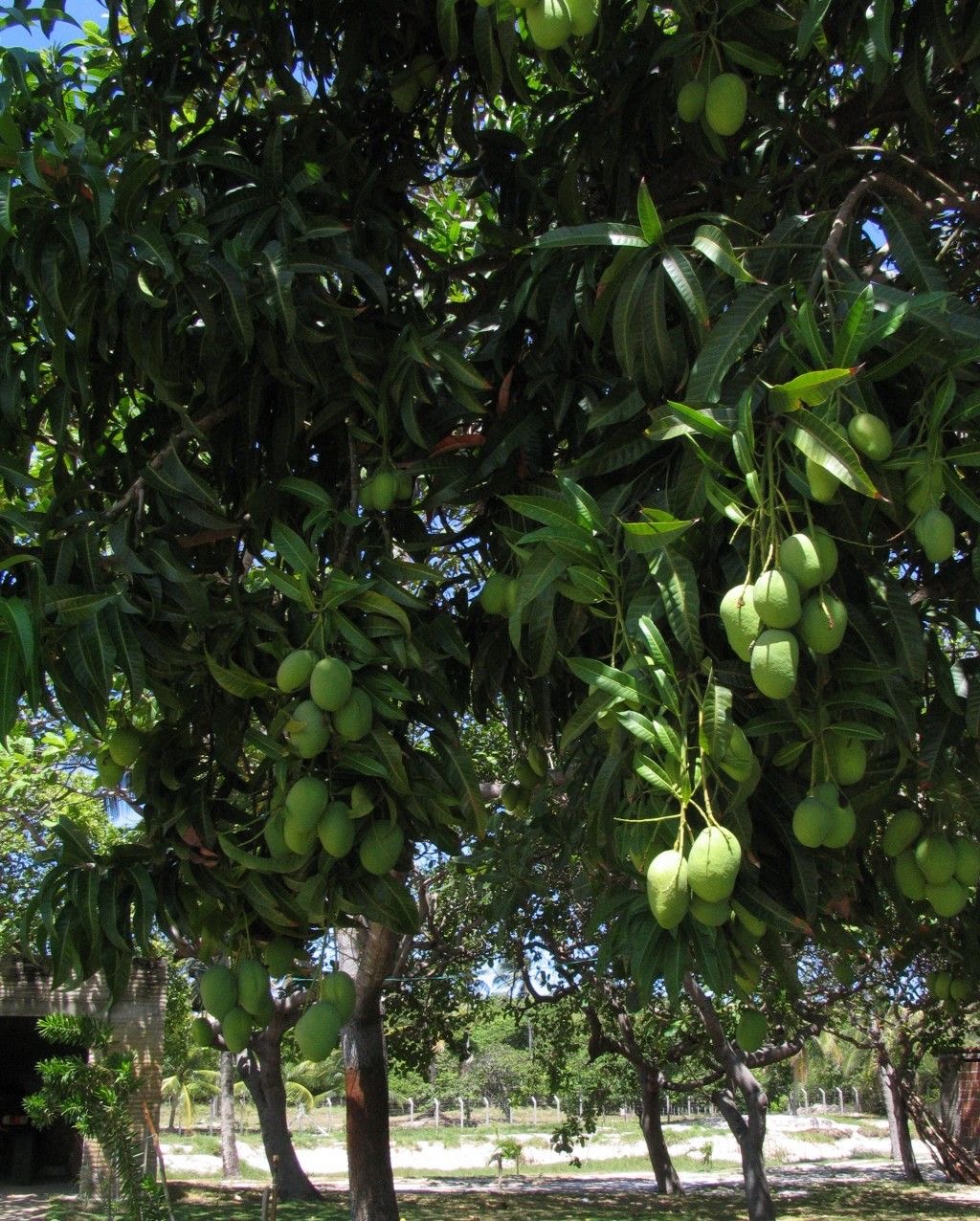Now the disciples can have darshan of the 12 feet statue of Adi Guru Shankaracharya , the 8th-century seer who had attained Moksha in Kedarnath . The famous religious philosopher’s samadhi is in the final meditation-resting place, in Uttarakhand’s Kedarnath.
The samadhi of Shankaracharya was damaged in the 2013 deluge. Shankara lived in the time of the great “Late classical Hinduism”, which lasted from 650 till 1100 CE.He founded four mathas (“monasteries”), which are believed to have helped in the historical development, revival and propagation of Advaita Vedanta. Shankara is credited for starting of various Hindu festival traditions such as the Kumbh Mela – one of the world’s largest periodic religious pilgrimages.
Shankara has an unparallelled status in the tradition of Advaita Vedanta, and also had a strong influence on the Vedanta-tradition in general. Over 300 texts are attributed to his name, including commentaries (Bhāṣya), original philosophical expositions (Prakaraṇa grantha) and poetry (Stotra).
Shankara also asserts that Self-knowledge is realized when one’s mind is purified by an ethical life that observes Yama and Niyama. His Advaita (“non-dualism”) interpretation of the sruti postulates the identity of the Self (Ātman) and the Whole (Brahman). According to Shankara, the one unchanging entity (Brahman) alone is real, while changing entities do not have absolute existence Advaita Vedanta is based on śāstra (“scriptures”), yukti (“reason”) and anubhava (“experiential knowledge”), and aided by karmas (“spiritual practices”).
Shankara considered the purity and steadiness of mind achieved in Yoga as an aid to gaining moksha knowledge.
